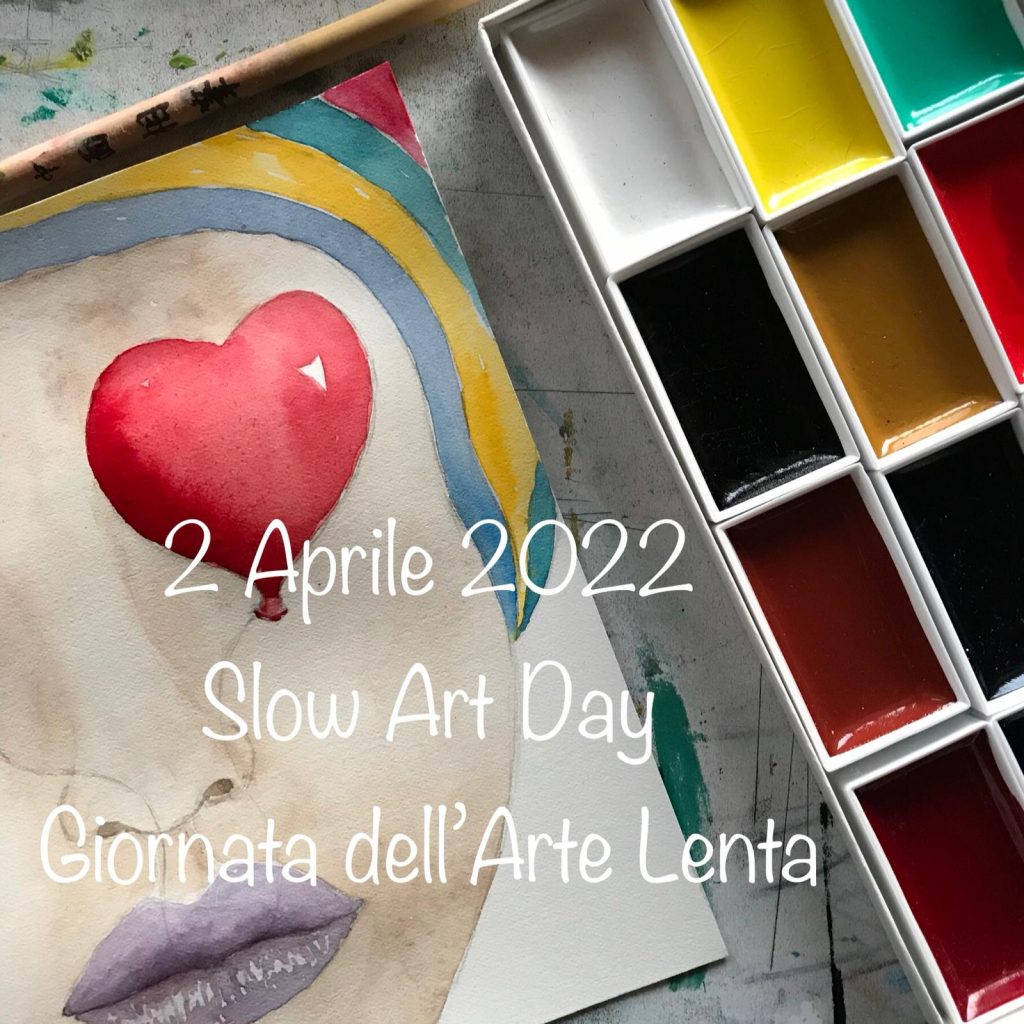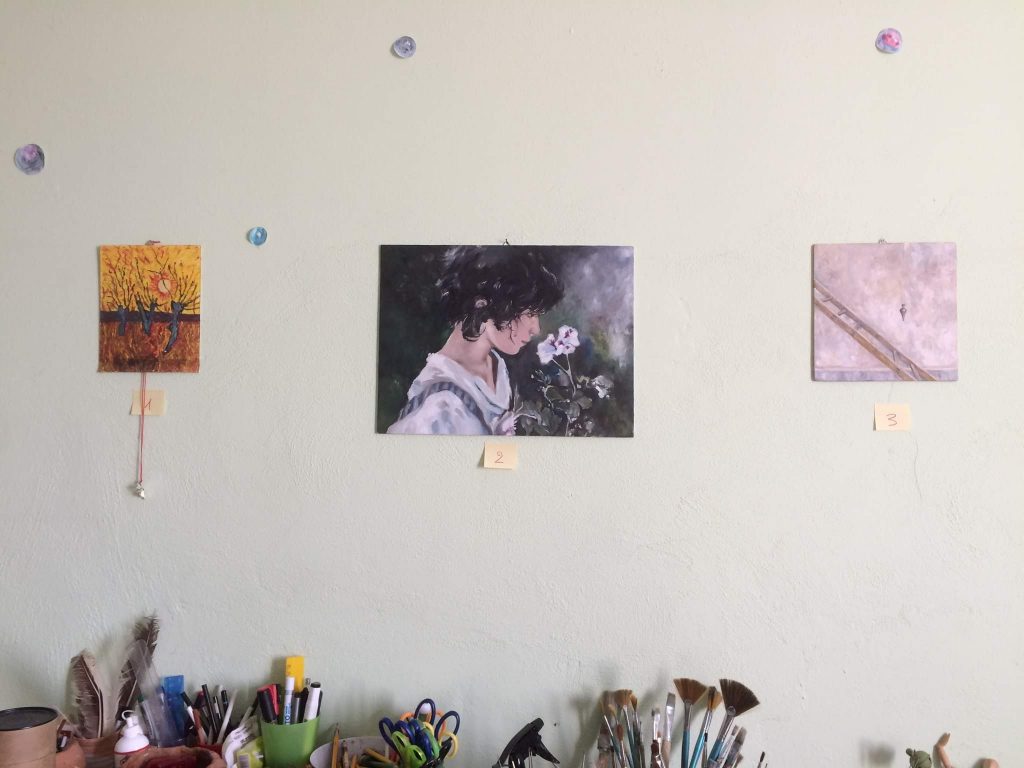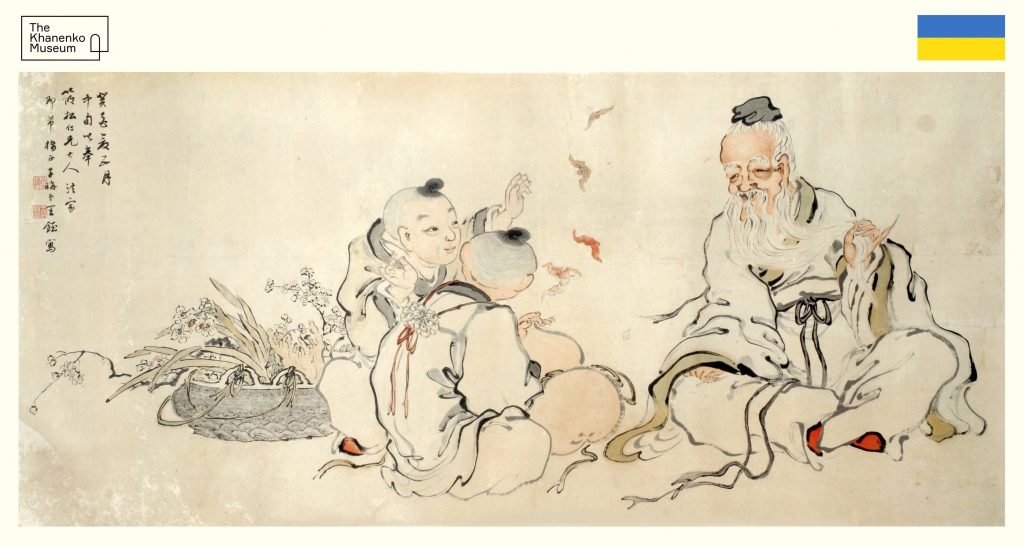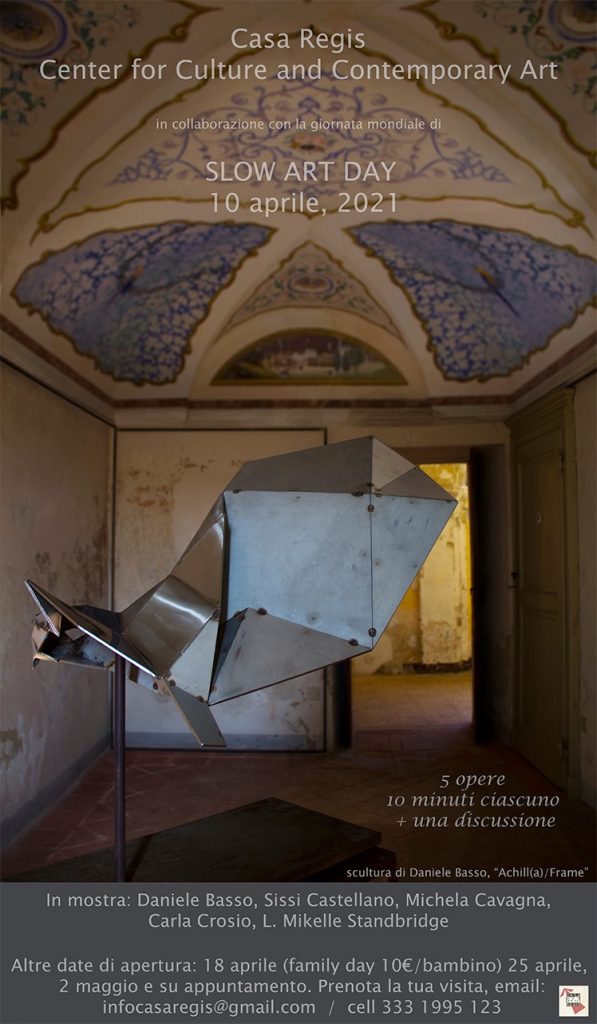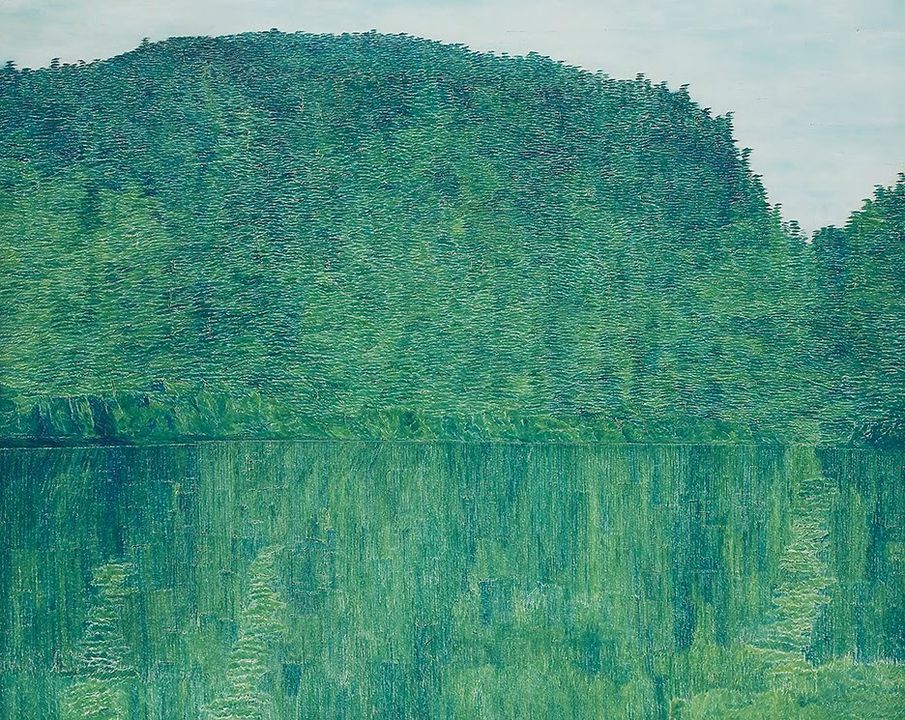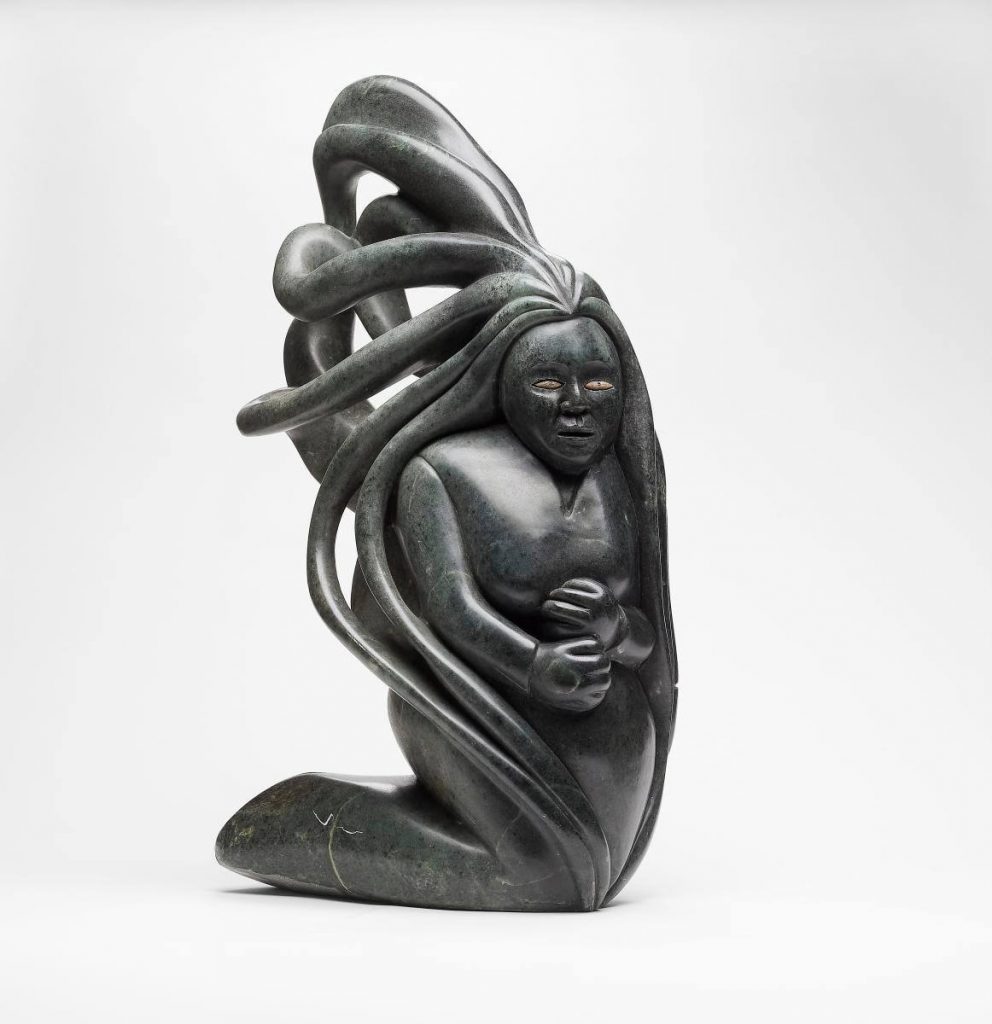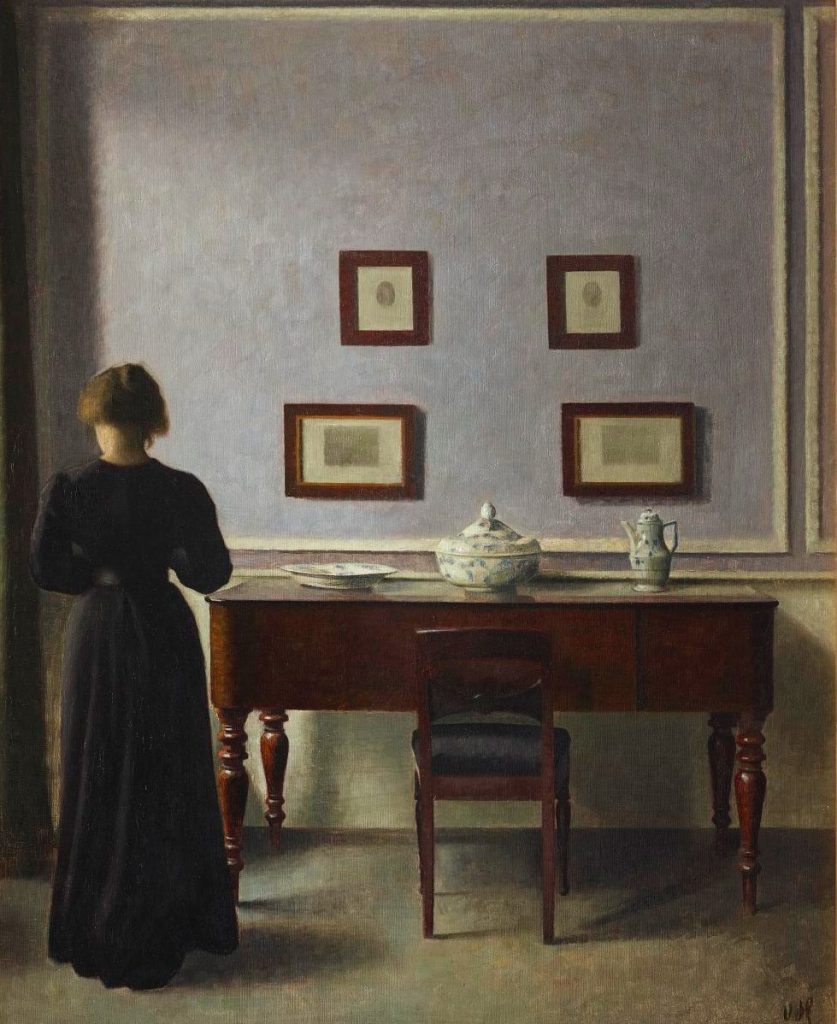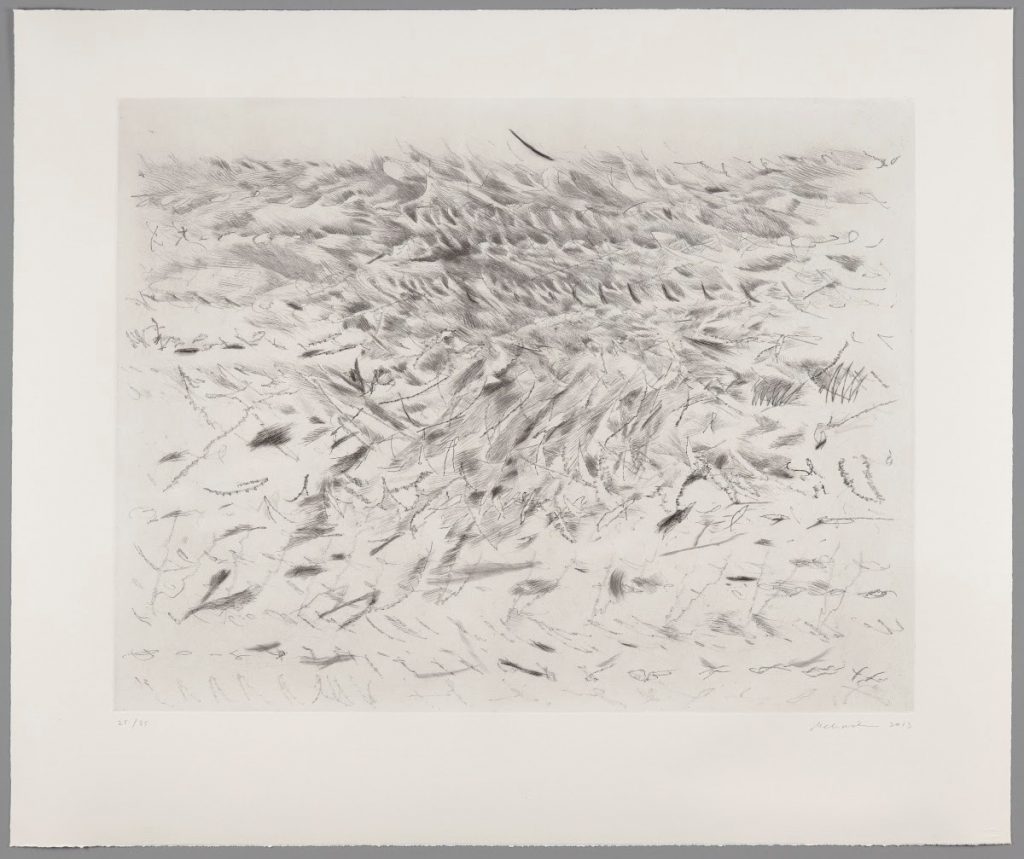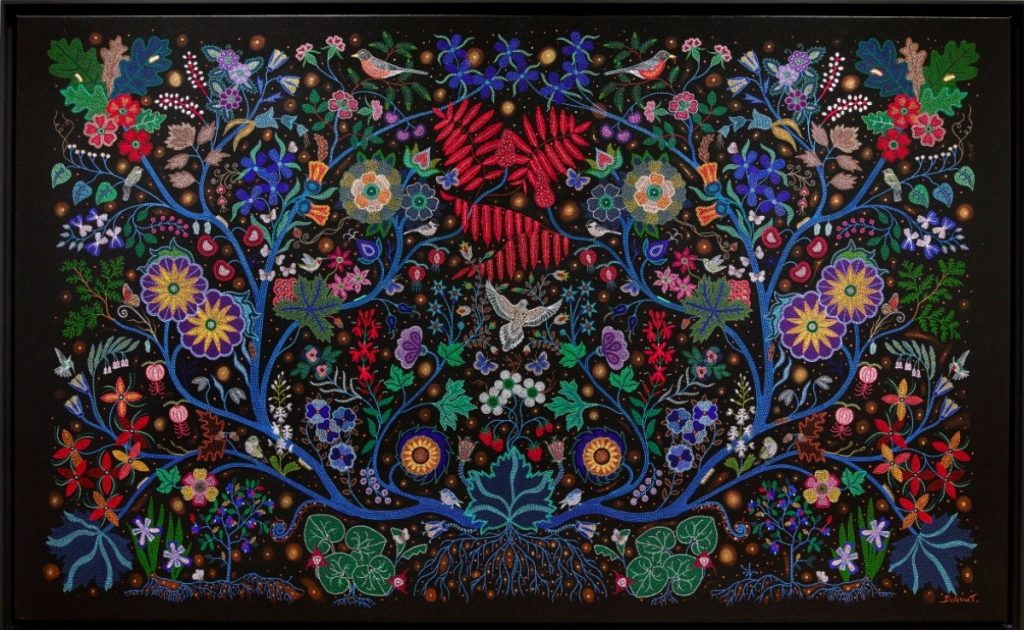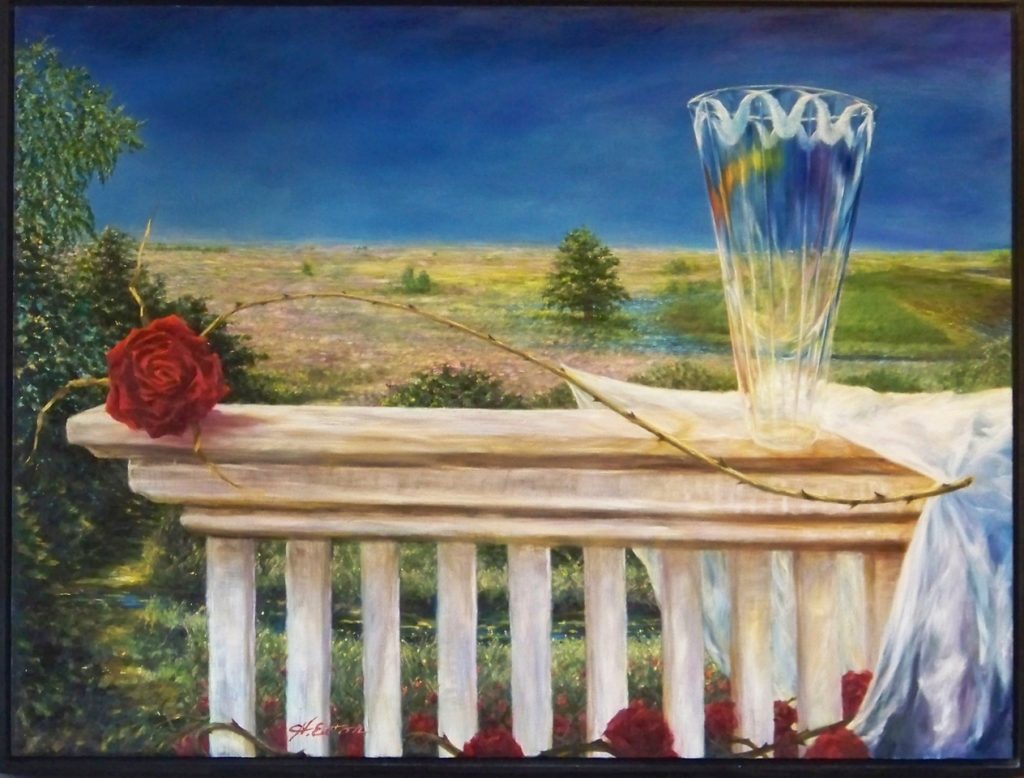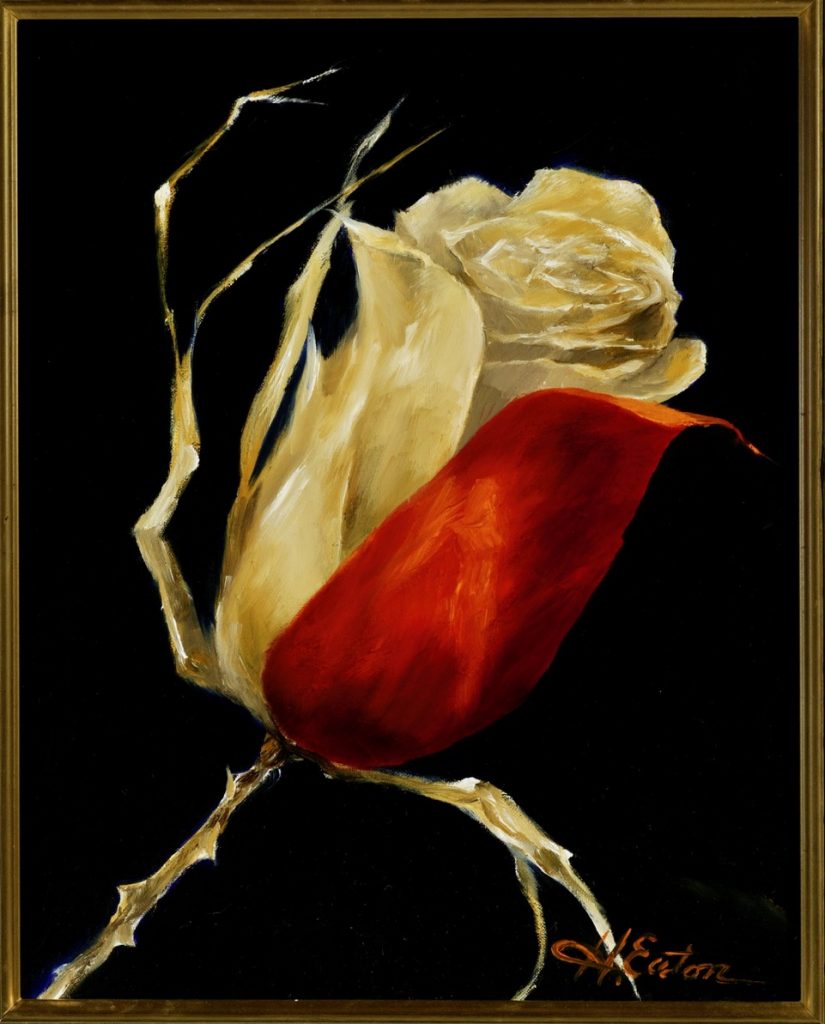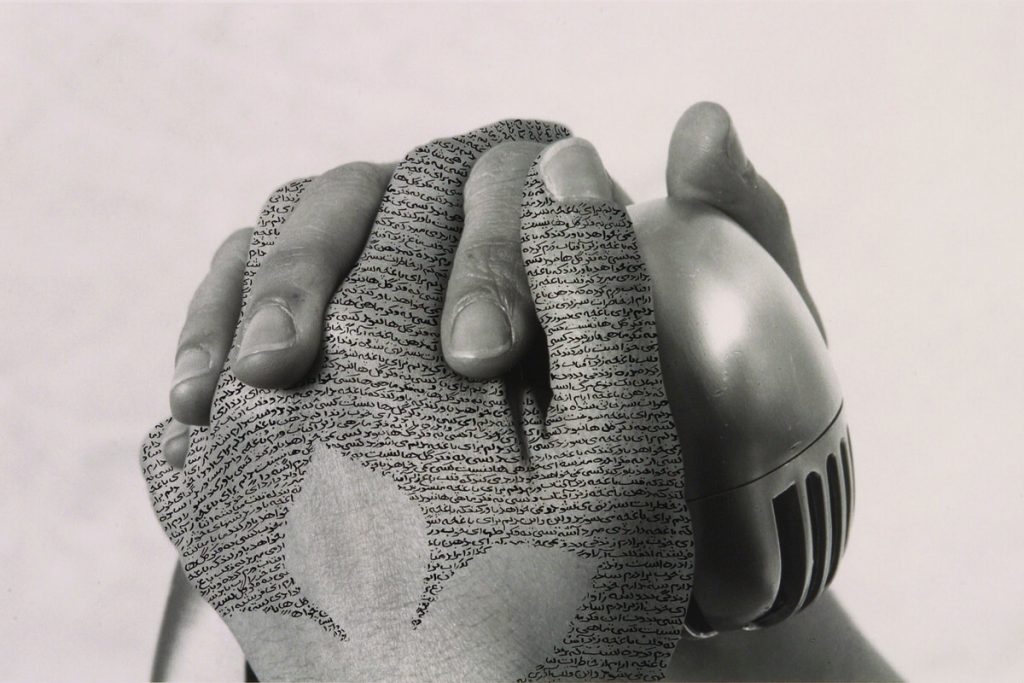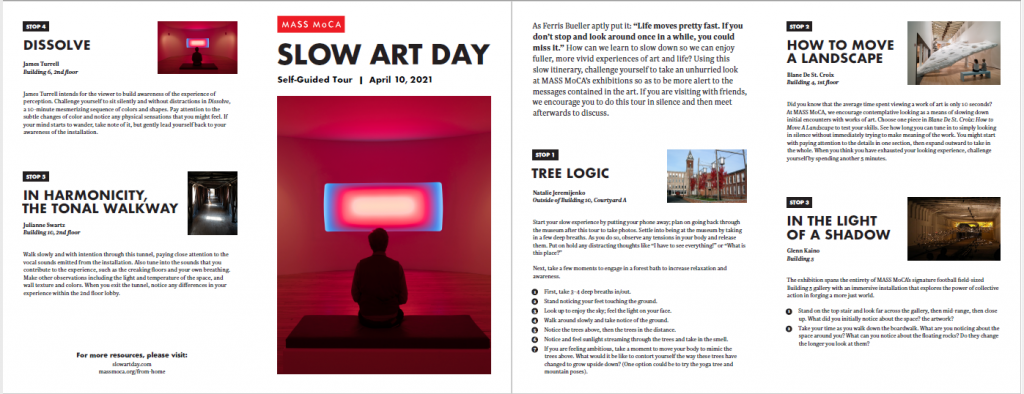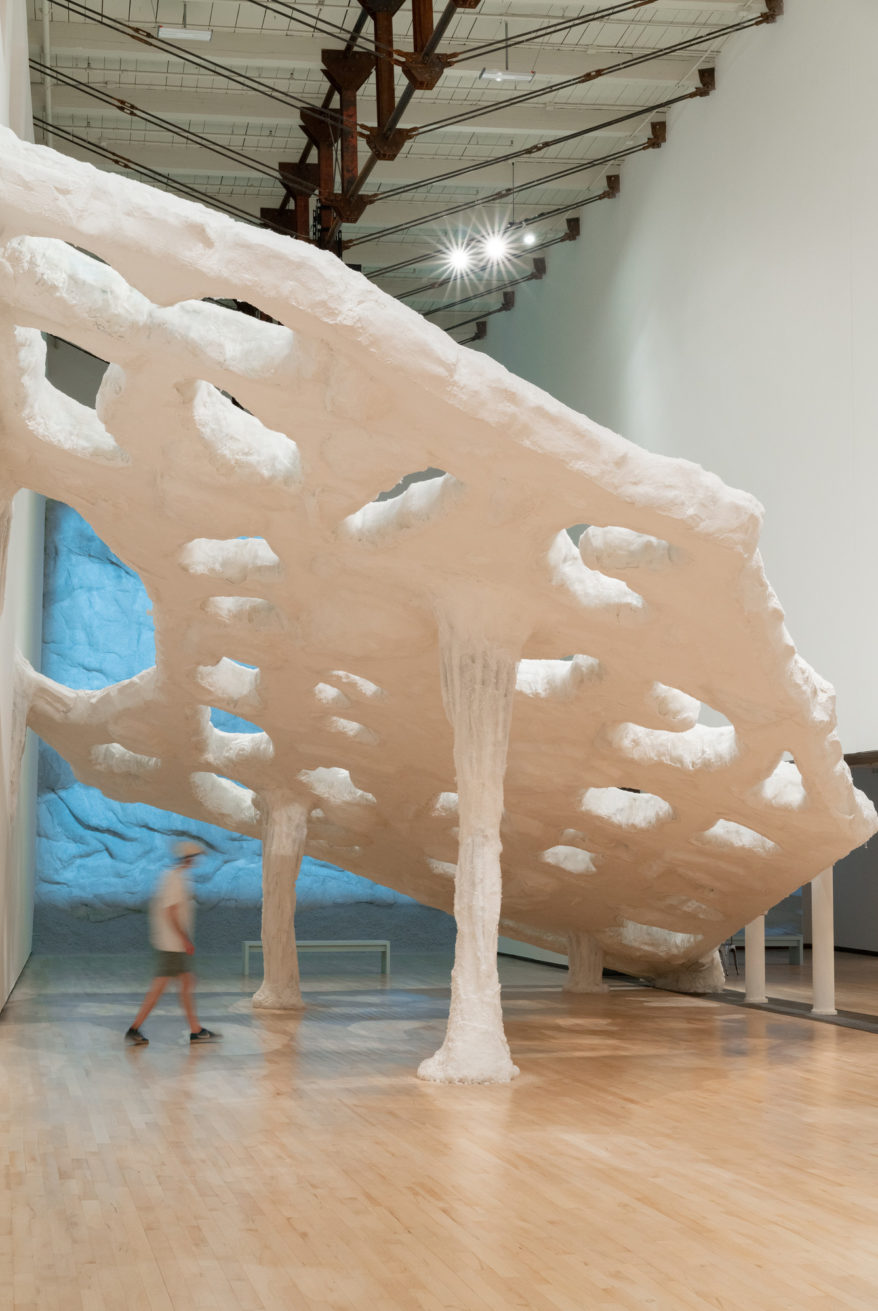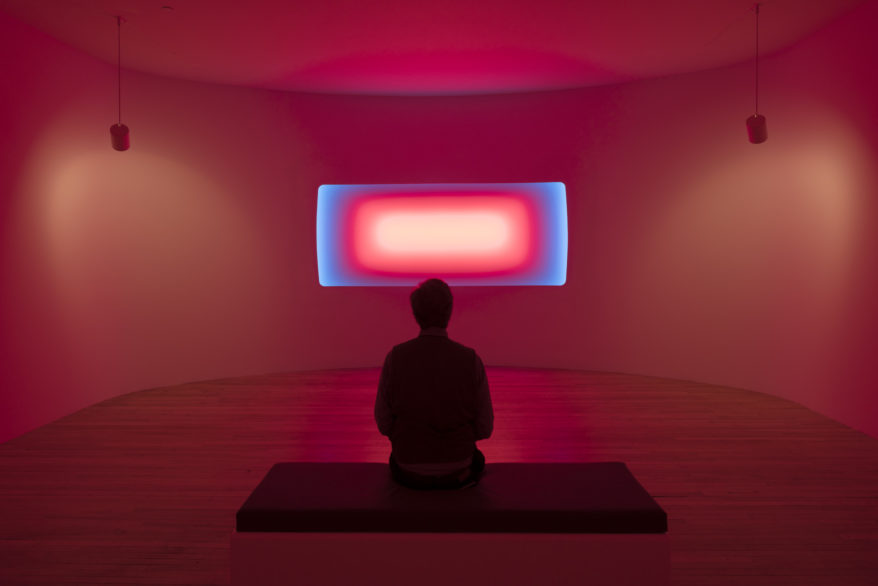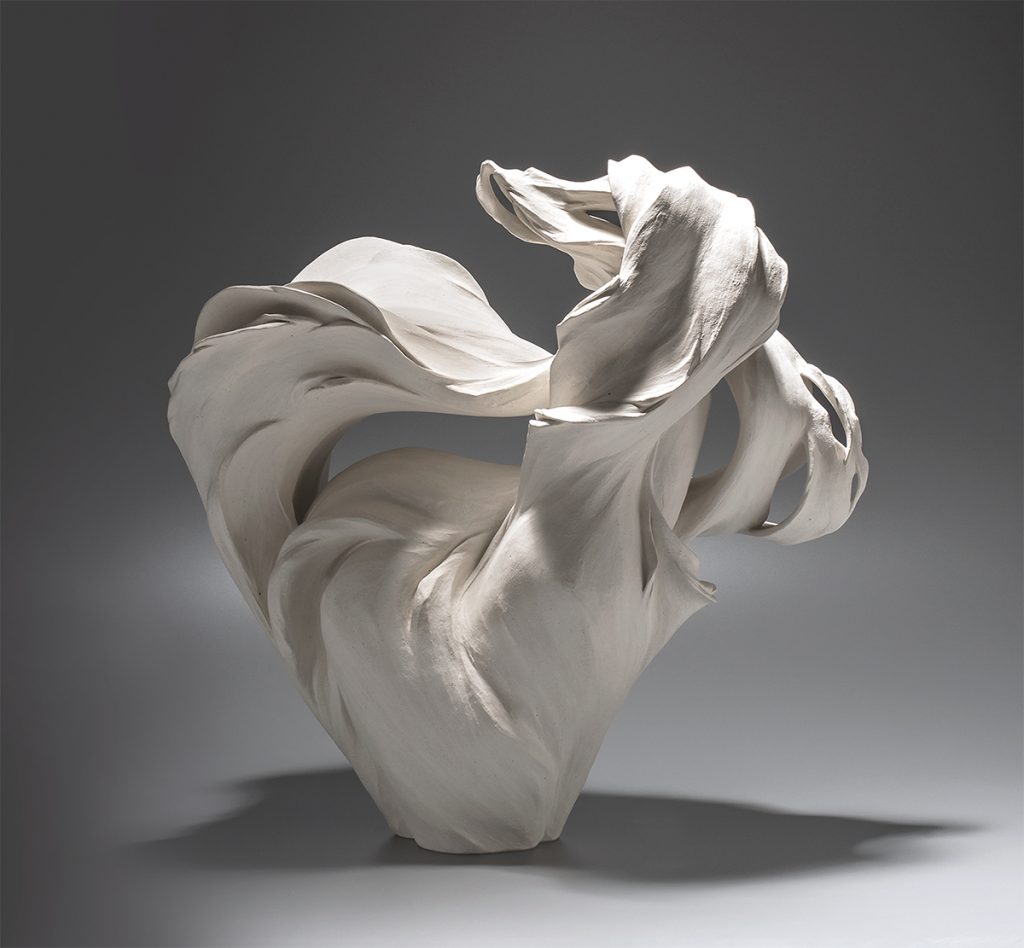For their second Slow Art Day, El Nido Art Space, presented by VC Projects, in Los Angeles celebrated the 100th birthday anniversary of artist and poet Sam Francis.


Ahead of Slow Art Day, one of Francis’ poems was sent to participating artists. They were invited to create a new artwork, dance, or song in a medium of their choice, inspired by the poem. The artists included:
Shane Guffogg – California
AKAT – Japan
Bjarni Sigurbjörnsson – Iceland
Mark van Drunick – Netherlands
Victoria Chapman – California
Here is the file containing the instructions and poem. Take a look for yourself, and read through it slowly (or listen to the poem through one of the artists’ interpretations, such as one of A.K.A.T’s recordings on SoundCloud).
The artists were given the following guidelines, also included in the document above:
1. Read the text slowly out loud
2. After reading, go outside or look through a window to see the sky (either day or night.)
3. Contemplate in silence
4. Create a work in any medium in reflection of this text
The responses included dance, song, and new paintings. VC Projects wrote a report following the event, which includes these responses. We also include a selection of them below.
Mark van Drunick, a dancer from the Netherlands, interpreted a poem through dance. If you click directly on the still image below, you will be taken to the page where the video is viewable. Mark also included some of the text from the poem directly in the video, so that the viewer could follow it slowly as part of the experience.

A.K.A.T., a Japan-born artist who today resides in both L.A. and Tokyo, recorded two different versions of the poem being read out loud, with music and sound effects included. The first version is a recitation of the poem by A.K.A.T. (note: the recitation is whispered). In the second version, we hear the sound of A.K.A.T’s mother’s voice reciting the text (done in one take! This one is spoken at normal volume and has a calm and relaxing mood).

We highly recommend that you view the other contributions in the excellent report written by VC projects.
At Slow Art Day HQ, we love that artists were invited into a celebration of another artist as part of this Slow Art Day event. Why not try it yourself: How would you interpret Sam Francis’ poem?
We can’t wait to see what El Nido and VC Projects come up with for 2024 Slow Art Day.
-Johanna, Ashley, Jessica Jane, and Phyl


